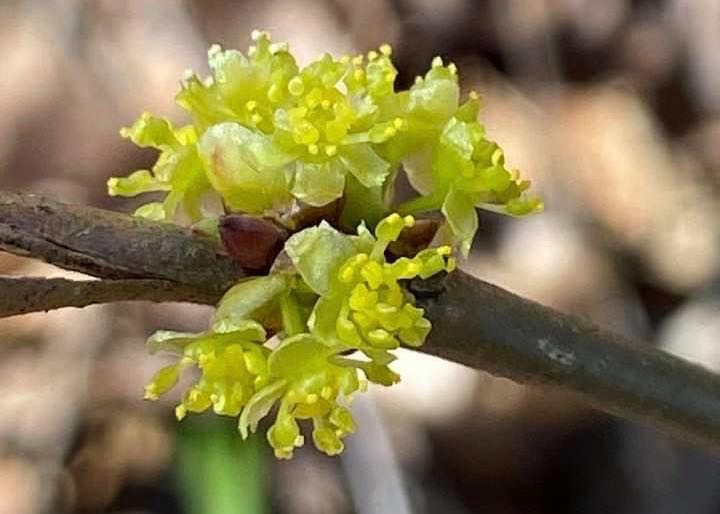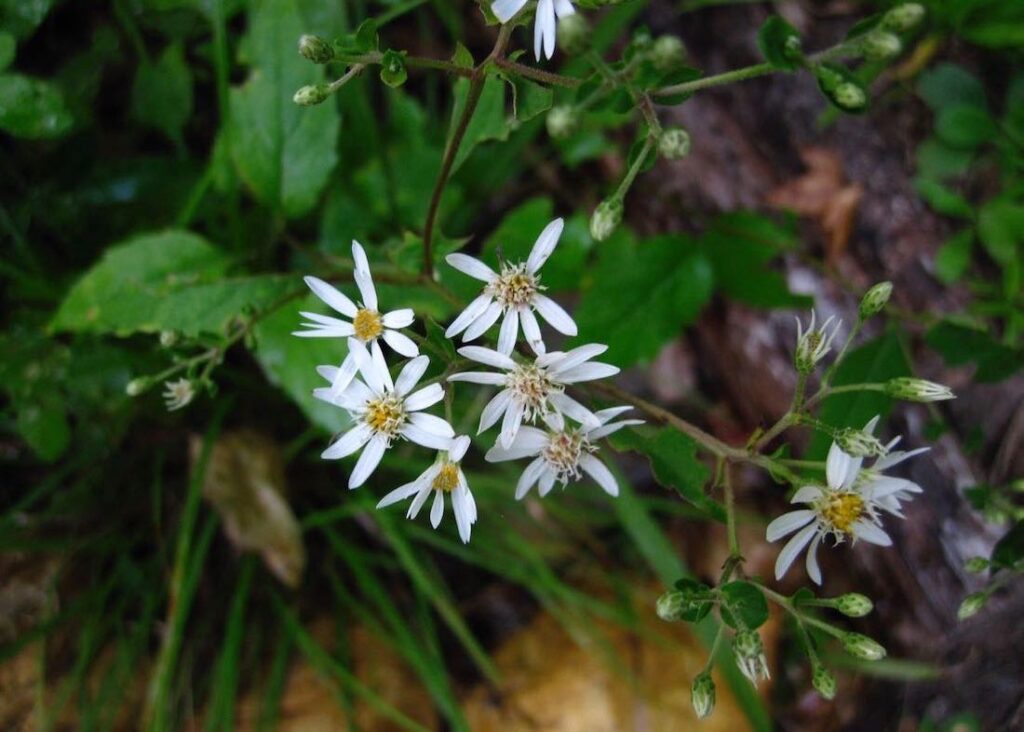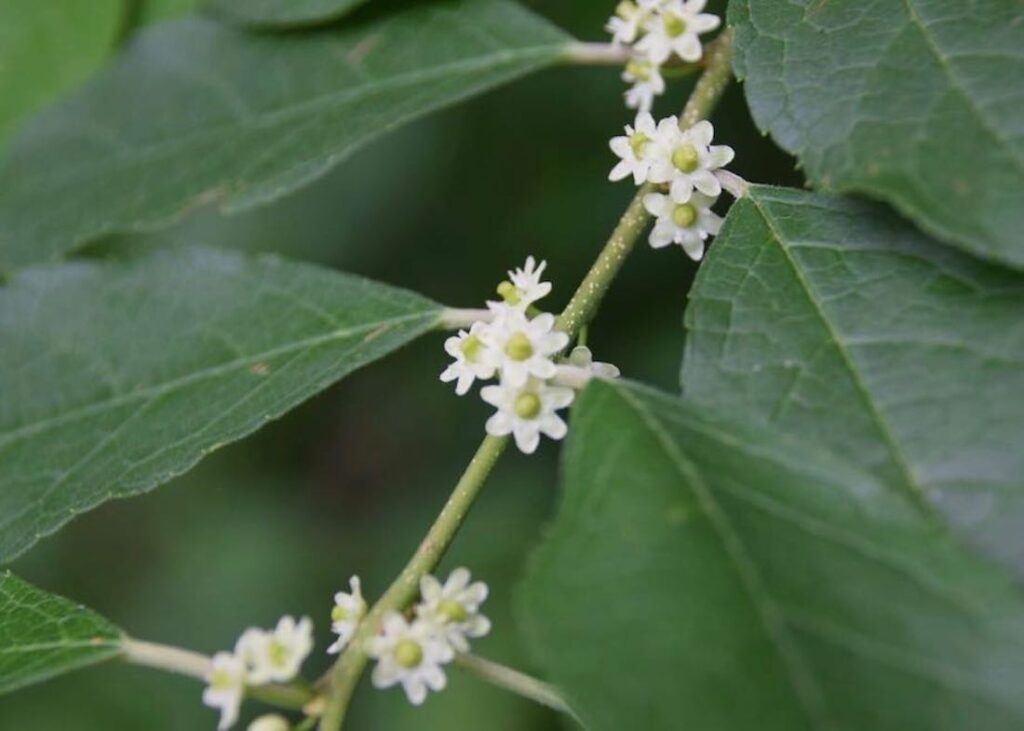B.W. Wells Fund Recipients
The North Carolina Native Plant Society offers grants to community organizations that promote native plants. Past recipients of the B.W. Wells Stewardship Fund have installed native plant gardens in parks, greenways, and schools. Some recipients have used funds to create educational materials promoting the use of native plants and the removal of invasives. Other recipients have embarked on larger restoration projects in parks or natural areas. The dedicated folks involved in these projects share one common trait: they are all passionate about enriching the green spaces around us, one native plant and native habitat at a time. A few of the projects funded are featured below.
Chantilly Ecological Sanctuary, Charlotte
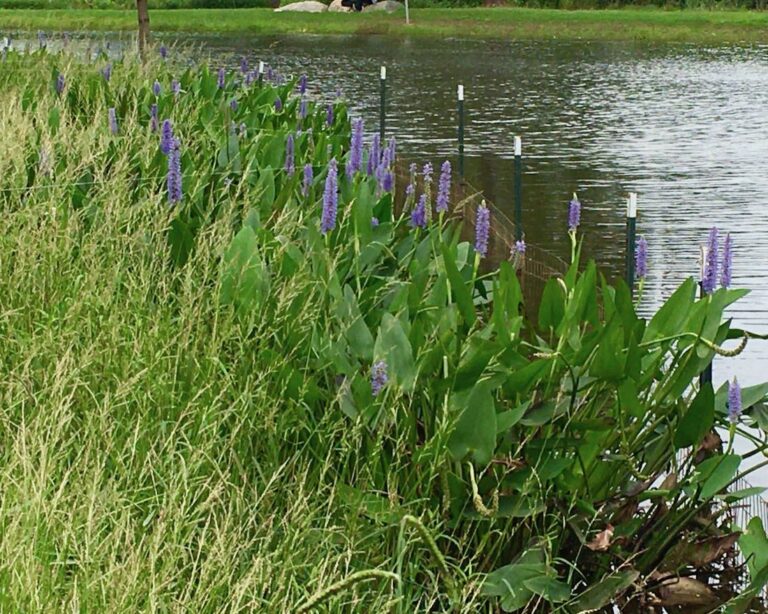
Once the site of highly flood-prone apartments, the 24-acre Chantilly Ecological Sanctuary at Briar Creek, located just minutes from uptown Charlotte, is now managed by Mecklenburg County as a restored floodplain, with improved water quality controls, native plants, and robust habitat for aquatic and terrestrial wildlife. Partnering with the county stormwater services, the Charlotte Wildlife Stewards (the local chapter of the North Carolina Wildlife Federation), used a 2021 BW Wells grant to purchase native trees and other plants to install on the littoral shelf of an existing wet pond stormwater control measure. These plantings will further enhance the natural function of the ecosystem, increase nutrient removal in stormwater runoff, and create diverse habitat.
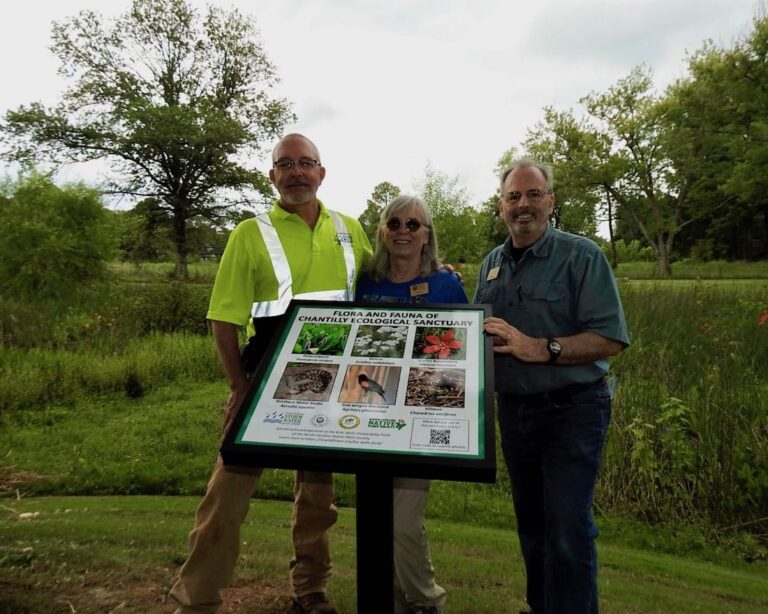
The grant also secured protective fencing to ensure survival of the new plantings and education signage that will inform visitors about floodplains, water quality, vegetation, and wildlife habitat. Charlotte Steward Ernie McLaney reports, “We will continue to work with our partners to inform and educate the local community on how a growing city can have both economic success while providing healthy ecosystems for native flora and fauna.”
Cary Tree Archive, Cary
Lillian Mae Carroll Pollinator Garden
“Thank you again for the B. W. Wells Stewardship Grant. We are profoundly grateful, and also very proud to have earned this prestigious grant.” – George McDowell
Follow the progress of the Cary Tree Archive here
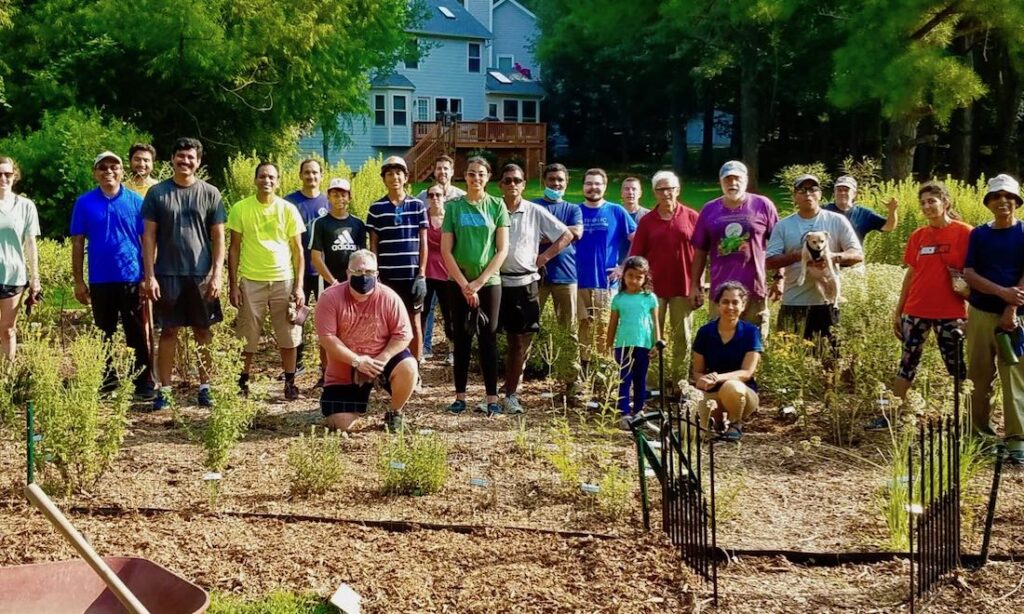
The beginning of this project materialized simply by a friend urging a local resident, George McDowell, to plant a few trees in a grassy space along the White Oak Creek Greenway, an area that had been mowed for almost two decades. Inspiration flourished quickly into the Cary Tree Archive, with interest in the project “spreading like wildfire.”
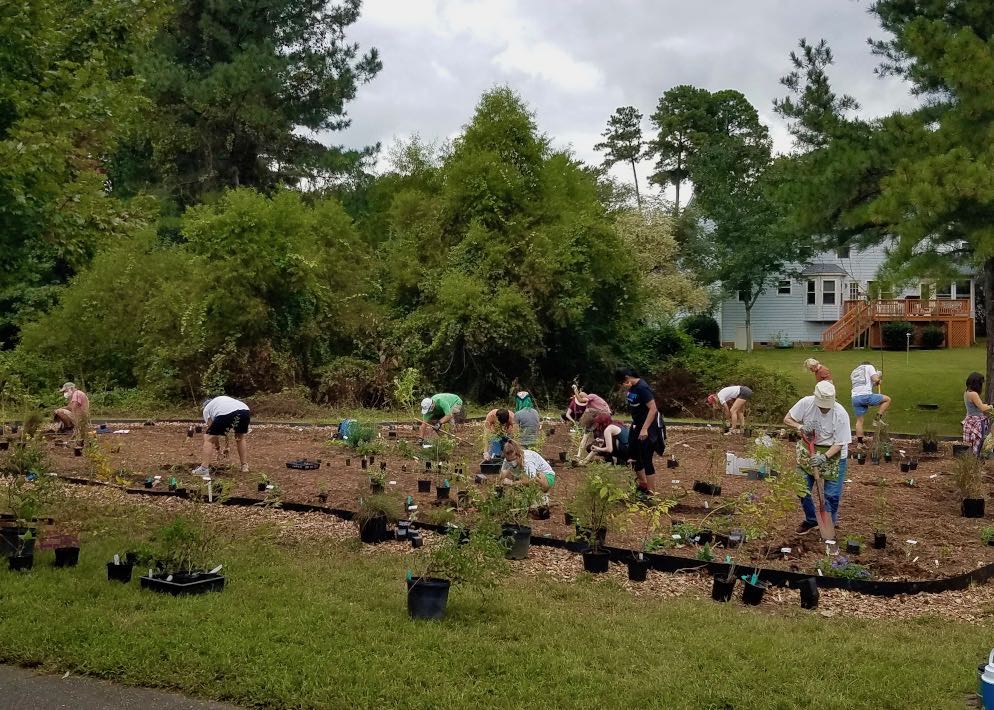
Once the site had been cleared of grass and weeds,
enthusiastic volunteers turned out in September, 2020, for the installment of the Lillian Mae Carroll Pollinator Garden, planting hundreds of native perennials and shrubs purchased through a grant from the B.W. Wells Stewardship Fund. When fully established, the 3,150 square foot native garden will serve as an important habitat and nectar source for a multitude of insect species. Because the garden is located along a popular greenway, the group’s efforts have inspired several neighbors to not only volunteer with the project, but to create their own native habitats.
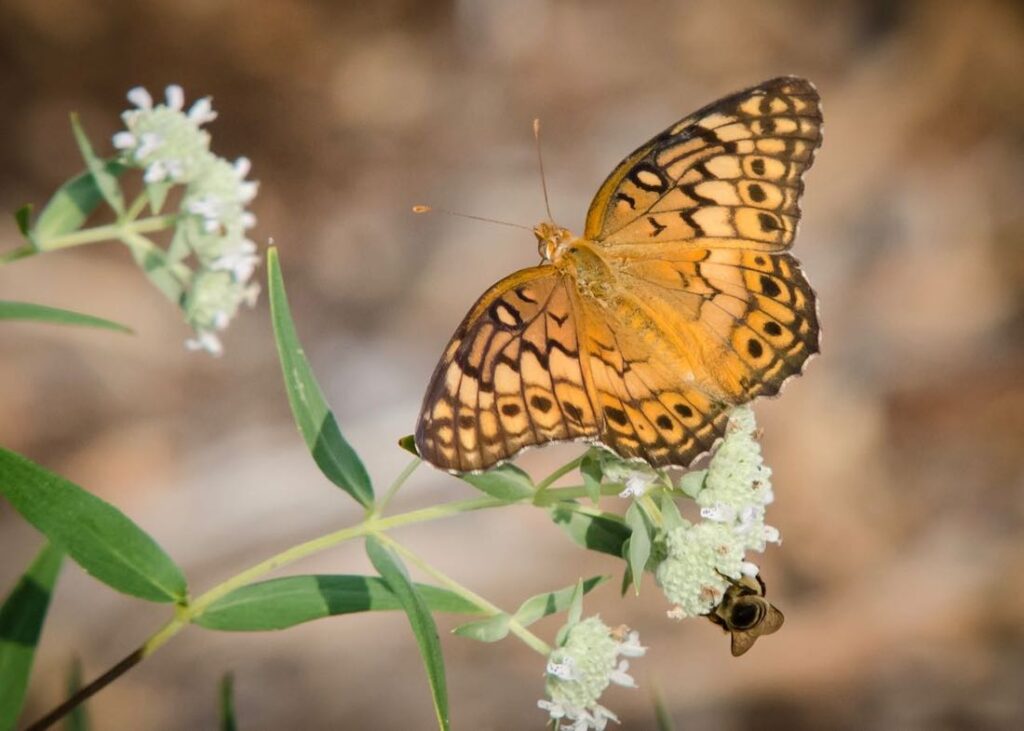
Latta Park, Charlotte
“Many thanks for all you do! The Wells grant (and the early support of the late Dr. Mellichamp) really did kickstart this ongoing project.” – Ruth Ann Grissom
Learn about how they tackled their restoration project in a detailed timeline of their work.
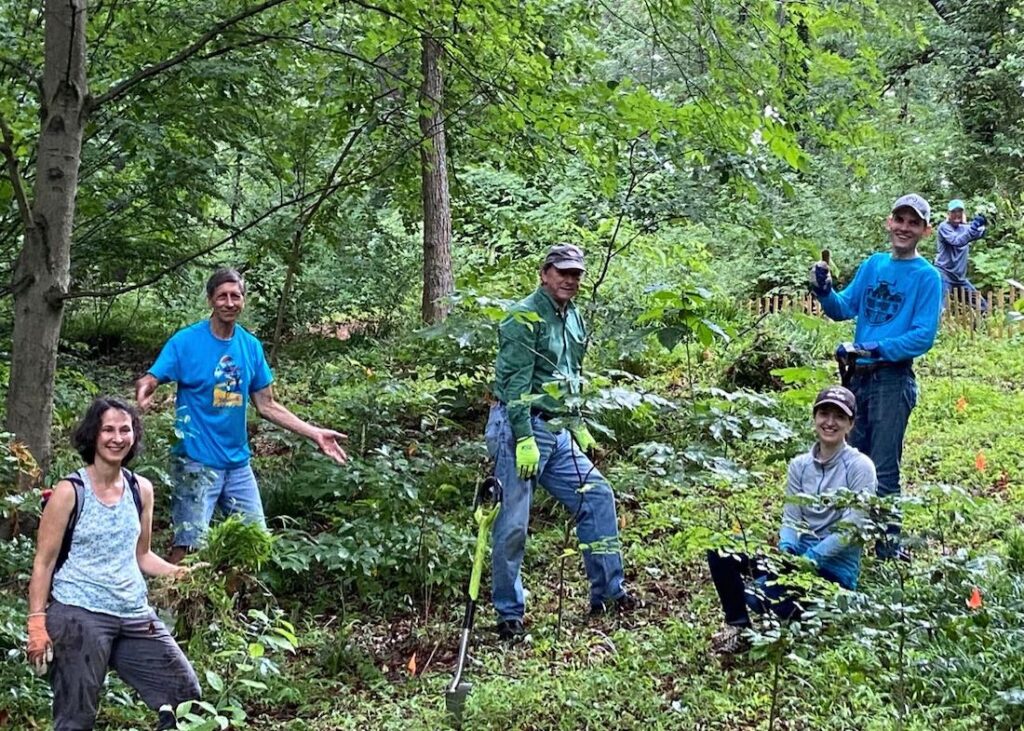
Dismayed by the decline of natural areas in Latta Park, a 32-acre urban park in Charlotte that had become choked with exotic invasives, Ruth Ann Grissom and Nancy Nicholson from the Dilworth Community Association sprung into action. They organized volunteers to rip out ligustrum, wisteria, and English ivy while looking for funds to purchase native plants. A grant from the B.W. Wells Stewardship Fund in 2016 was instrumental in propelling the project forward, enabling the group to begin planting native trees and shrubs along the stream that runs the length of the park.
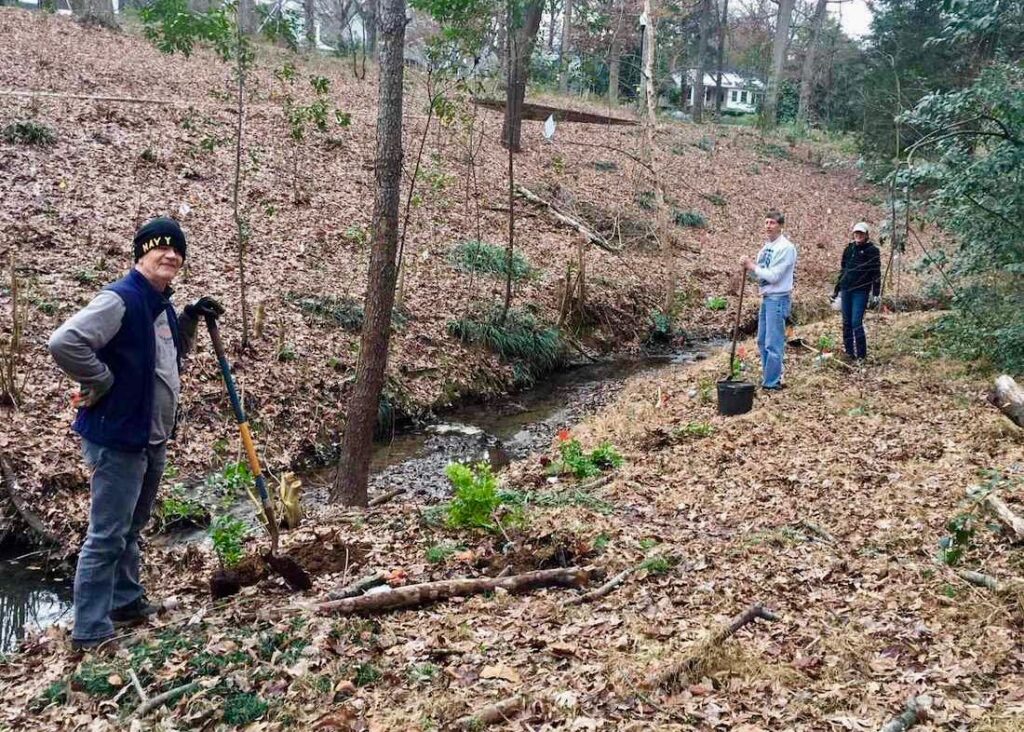
With help from some 80 volunteers, local scout troops, businesses, and churches, they have removed tons of invasive species from the park and planted hundreds of native species in their place, creating a rich woodland, from the herbaceous understory to the woody shrubs and trees. The beneficial effects of this five-year project extend not only to wildlife, but also to the community at large. Partnering with the county’s Park and Recreation department, the group inspired the Board of County Commissioners to budget $200,000 towards invasive removal in county nature preserves in 2018, an amount that increased to $743,00 in the commissioners’ 2022 budget.
2023 UPDATE: As part of additional funding from the County Commissioners, a professional crew from Invasive Plants Control is working to remove invasives in the park, in addition to the ongoing work of volunteers.
2023 UPDATE: As part of additional funding from the County Commissioners, a professional crew from Invasive Plants Control is working to remove invasives in the park, in addition to the ongoing work of volunteers.
